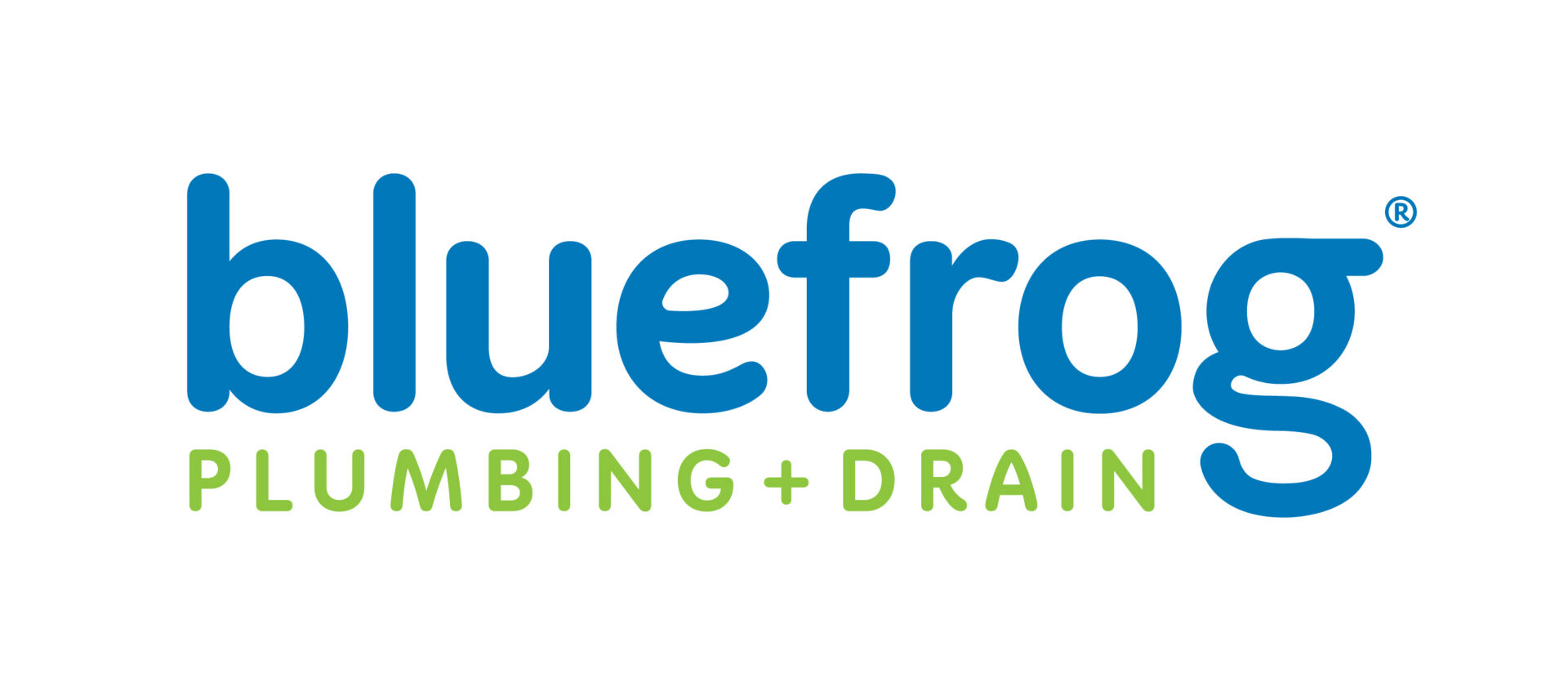When considering a water heater replacement, a tankless hot water heater is a notable option for your home, providing on-demand hot water with remarkable efficiency. Electric tankless water heater units have gained popularity, thanks to their compact size and longevity compared to traditional water heating systems. While electric tankless water heater reviews help in understanding customer experiences, it’s essential to delve deeper into the technology and learn how a tankless water heater operates. Essentially, electric tankless water heaters only heat water as it’s needed, which means you’re not paying to keep gallons of water hot in a tank. This

on-demand system can lead to energy savings, making an electric tankless water heater a potential eco-friendly upgrade for your house.
Installation of an electric tankless water heater must be considered seriously, as it often requires a pro to ensure correct setup and compliance with safety standards. At Bluefrog Plumbing + Drain, we offer expert tankless water heater installation services and can provide guidance on the best model to suit your needs. Whether you’re looking for indoor or outdoor units, our team is equipped to handle a seamless transition from your old system. It’s also worth noting that electric tankless water heaters come in condensing and non-condensing options, allowing you to decide on the best fit based on specific delivery requirements and available space in your home.
Water heating technology has evolved, and tankless units deliver a steady stream of hot water without the need for a bulky tank. Homeowners interested in this technology should shop around and consider all options, including electric tankless water heater parts and potential savings on utility bills. By understanding the variety of electric tankless water heaters available, you can make an informed decision on whether to go tankless. It’s essential to look into reviews, compare different water heaters, and, if needed, consult with professionals for advice. If you’re seeking an air of modernity and efficiency, upgrading to a tankless system offers both a sleek design and performance that could benefit your house for years to come.
Ultimately, when investigating tankless water heaters, it’s crucial to explore all aspects, from parts to installation, options, and maintenance. Bluefrog Plumbing + Drain provides comprehensive services—including consultations to learn about your specific needs—to help you navigate the selection and installation process. Our offers cater to homeowners aiming to maximize their home’s heating efficiency and ensure quality water delivery without delay. With proper installation, an electric tankless water heater can provide seamless service and become a valuable component of your household’s daily comfort and functionality.
Pros and Cons of Going Tankless: Water Heater Efficiency and Flow Rate Considerations
As the demand for energy-efficient appliances surges, the electric tankless water heater has become a compelling option for homeowners. These on-demand water heaters provide hot water instantaneously and are lauded for their energy savings over traditional tank-based systems. The absence of a storage tank means electric tankless water heaters don’t suffer from the standby energy losses associated with keeping gallons of water hot. A tankless water heater’s efficiency is directly related to its flow rate, which measures how much hot water it can deliver at a given time. High flow rates ensure that tankless water can accommodate the simultaneous demands of showers, dishwashers, and washing machines without interruption.
However, while an electric tankless water heater is typically more energy-efficient than a gas water heater or a standard electric water heater, they have their drawbacks. For instance, the upfront costs can be higher for a high-quality condensing tankless water heater. Additionally, retrofitting homes with tankless hot water heaters — whether gas or electric — often requires upgrading electrical systems or gas lines, which adds to initial costs. An electric tankless water heater has to work harder, drawing more electricity or gas to quickly heat water, as opposed to slowly maintaining a tank’s temperature. Another crucial aspect of any electric tankless water heater series is the energy input measured in BTU (British Thermal Units). High BTU values are necessary to heat water rapidly but can increase operational costs.
Flow rate is a term you’ll often hear concerning tankless water. Knowing your home’s flow rate requirements — typically measured in gallons per minute (GPM) — is essential. While a tankless unit might save you on energy bills, it’s important to ensure it can meet your GPM demands, especially during peak usage. A condensing tankless water heater, which recycles exhaust gases to pre-heat incoming water, can offer better flow rates and efficiency. The Rinnai series and Rheem models are popular for their reliable performance with various GPM options.
Whether you choose to go tankless can translate to significant savings; however, it’s not just about the energy. Considering how much you’ll save on water water as you heat only what you need, opposed to storing hot hot gallons, factors into the overall benefit. The heating mechanism of a tankless heater is designed to provide instant heaters, yet challenges like a cold-water sandwich — an initial burst of cold water — might occur. Examining the heaters series, heaters’ efficiency, heaters’ BTU input, and the expected gallon per minute (GPM) flow rate is imperative to ensure that your investment in a tankless tankless heater or conventional tank heaters translates into actual heating cost savings.
